Rising Incidents of Maritime Accidents
Rising incidents of maritime accidents significantly influence the maritime safety-system market in South America. Reports indicate that the region has witnessed an increase in accidents, prompting stakeholders to reassess their safety measures. This alarming trend has led to a heightened focus on the implementation of comprehensive safety systems to prevent future incidents. The financial implications of accidents can be substantial, with costs potentially reaching millions of dollars in damages and liabilities. Consequently, the maritime safety-system market is likely to see increased investments in safety technologies and protocols as companies strive to enhance their safety measures and protect their assets.
Environmental Concerns and Sustainability
Environmental concerns and sustainability are increasingly influencing the maritime safety-system market in South America. As awareness of environmental issues grows, there is a push for safety systems that not only protect human life but also minimize ecological impact. Companies are seeking solutions that comply with environmental regulations while ensuring safety. This dual focus on safety and sustainability is likely to drive innovation in the maritime safety-system market. Investments in eco-friendly technologies and practices are expected to rise, as stakeholders recognize the importance of aligning safety measures with environmental stewardship. This trend may lead to the development of advanced safety systems that are both effective and environmentally responsible.
Government Initiatives for Maritime Safety
Government initiatives aimed at enhancing maritime safety are playing a pivotal role in shaping the maritime safety-system market in South America. Various governments are implementing policies and regulations that mandate the adoption of advanced safety systems across the maritime sector. These initiatives are designed to improve safety standards and reduce the risk of accidents. For instance, funding programs are being established to support the acquisition of modern safety technologies. As a result, the maritime safety-system market is expected to experience growth driven by these government-led efforts. The collaboration between public and private sectors is likely to foster innovation and accelerate the development of safety solutions.
Growing Demand for Enhanced Safety Protocols
The maritime safety-system market in South America is experiencing a significant increase in demand for enhanced safety protocols. This trend is driven by the rising awareness of maritime risks and the need for robust safety measures. As shipping activities expand, stakeholders are prioritizing the implementation of advanced safety systems to mitigate potential hazards. The market is projected to grow at a CAGR of approximately 6.5% over the next five years, reflecting the urgency for improved safety standards. Furthermore, regulatory bodies are emphasizing the importance of compliance, which further propels the adoption of sophisticated safety solutions. This growing demand for enhanced safety protocols is likely to shape the maritime safety-system market in South America, as companies seek to protect their assets and ensure the safety of personnel.
Investment in Training and Skill Development
Investment in training and skill development is becoming increasingly critical within the maritime safety-system market in South America. As the industry evolves, there is a pressing need for skilled personnel who can effectively operate and maintain advanced safety systems. Companies are recognizing that investing in human capital is essential for maximizing the benefits of technological advancements. Training programs focused on safety protocols and emergency response are being implemented to enhance workforce capabilities. This investment is expected to yield a more competent workforce, ultimately leading to improved safety outcomes. The maritime safety-system market is likely to benefit from this trend, as organizations prioritize the development of their personnel to align with the growing complexity of safety systems.


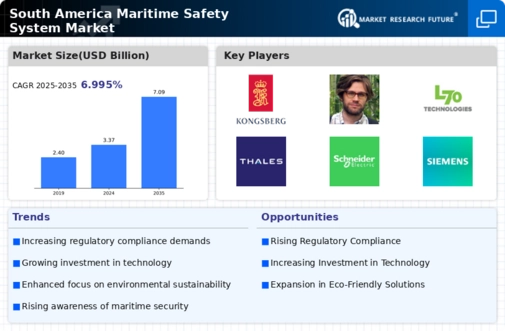
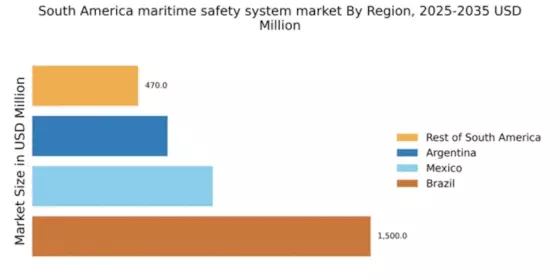
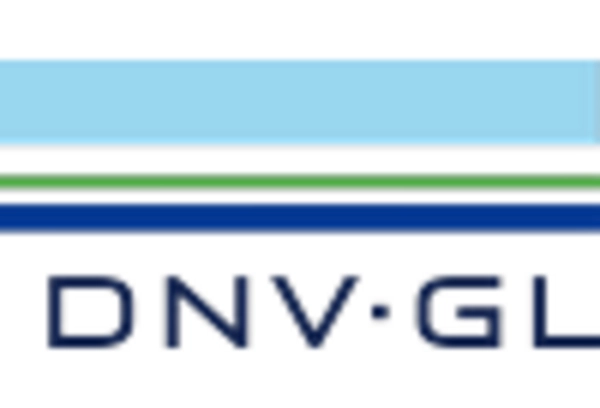
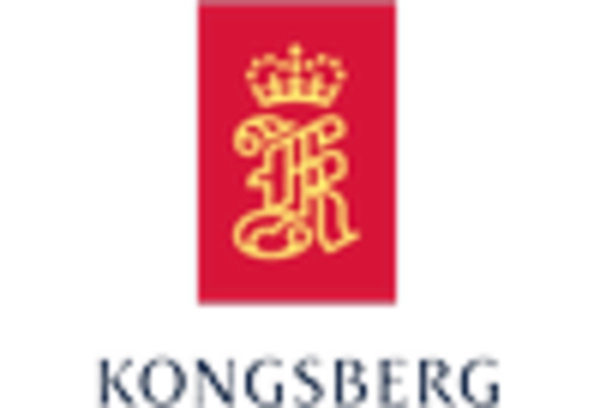



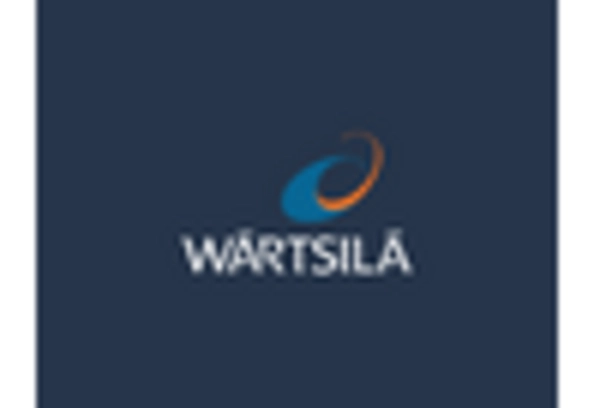








Leave a Comment